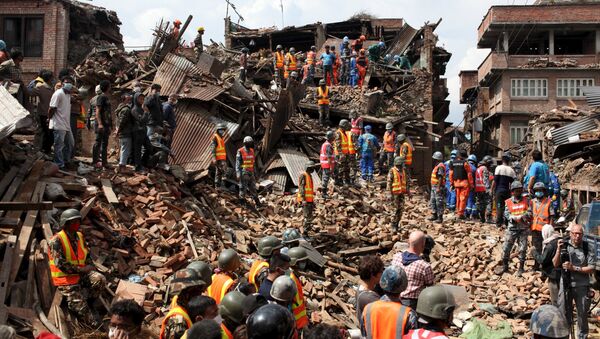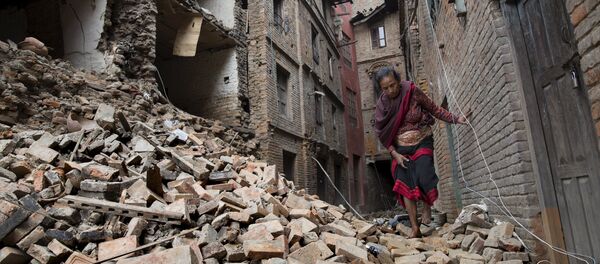"There may not be any more survivors. The rain is adding to the problems. Nature seems to be against us," Rameshwor Dandal, chief of the disaster management center at Nepal's Home Ministry, said.
Nepal's National Emergency Operation Centre, for its part, reported that the death toll now stands at 5,489. Almost 11,000 people more were injured in the 7.8-magnitude earthquake that rocked the country last Saturday.
Some 70,000 houses estimated to be destroyed and 530,000 damaged during the #NepalQuake: http://t.co/1LK4f9JCva pic.twitter.com/TYolmHMufn
— UN OCHA Asia Pacific (@OCHAAsiaPac) 29 апреля 2015
The disaster rode roughed over at least 30 of the country's 75 districts, mostly in the northern mountainous regions, where road accessibility remains an issue when conducting relief work.
Meanwhile, the UN has said in a report that its search-and-rescue (SAR) operations were still restricted outside of the Kathmandu Valley.
"Some villages can only be reached by foot, with some areas taking up to four to five days to reach. Fuel to transport SAR teams is limited," the report said.
The government admitted that the aftermath of the "huge and unprecedented disaster" is yet to be resolved. According to Nepalese Communications Minister Minendra Rijal, the government "has not been in a position to meet the expectations of the needy people." Rijal pledged "to accept [the government's] weakness, learn and move ahead in the best way possible."




